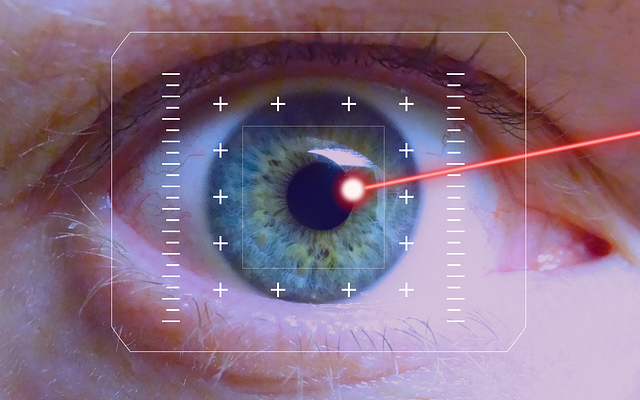Laser Eye Surgery In Nagpur
Laser Eye Surgery In Nagpur
The human eye may be compared to a camera. It has a film (a photosensitive layer known as the retina, which processes information about what we see and sends it to brain), and it has two lenses to focus the light rays on the retina. One of these lenses is simply called the “lens”. The one which does much of the focusing work is the transparent front layer of the eye known as the cornea.


When a person cannot see clearly, it is usually because there is a mismatch between the length of the eye, and the focusing power of the cornea and the lens. Since there is a mismatch, images are not focused exactly on the retina, but rather, in front of it or behind it. Such a person has a “refractive error”.

Refractive errors can be corrected by spectacles and contact lenses or by “refractive surgery”. Refractive Surgery is usually called laser eye surgery.
While refractive surgery can also be carried out by exchanging the lens of the eye with an artificial lens, or by adding an artificial lens inside the eye, this is an intraocular procedure with possibly severe complications. Therefore such lens exchange is usually reserved for very high refractive errors. For most normal errors, laser eye surgery, which involves corneal reshaping, is the preferred route.
The cornea has a curvature. If the curvature of the central cornea (through which light enter the eye) is changed, then the corneal focusing power can be changed. For treating –ve power refractive errors (i.e. myopia or nearsightedness), we need to flatten the cornea. For treating +ve power refractive errors (i.e., hyperopia or farsightedness), we need to steepen the cornea. It is possible to calculate, with great accuracy, the curvature change that is necessary to treat the exact refractive error for each patient.
Thus corneal reshaping is the key to laser eye surgery for the correction of refractive errors.
Corneal Reshaping can be done with a variety of different methods. But first, we must understand the cornea.

